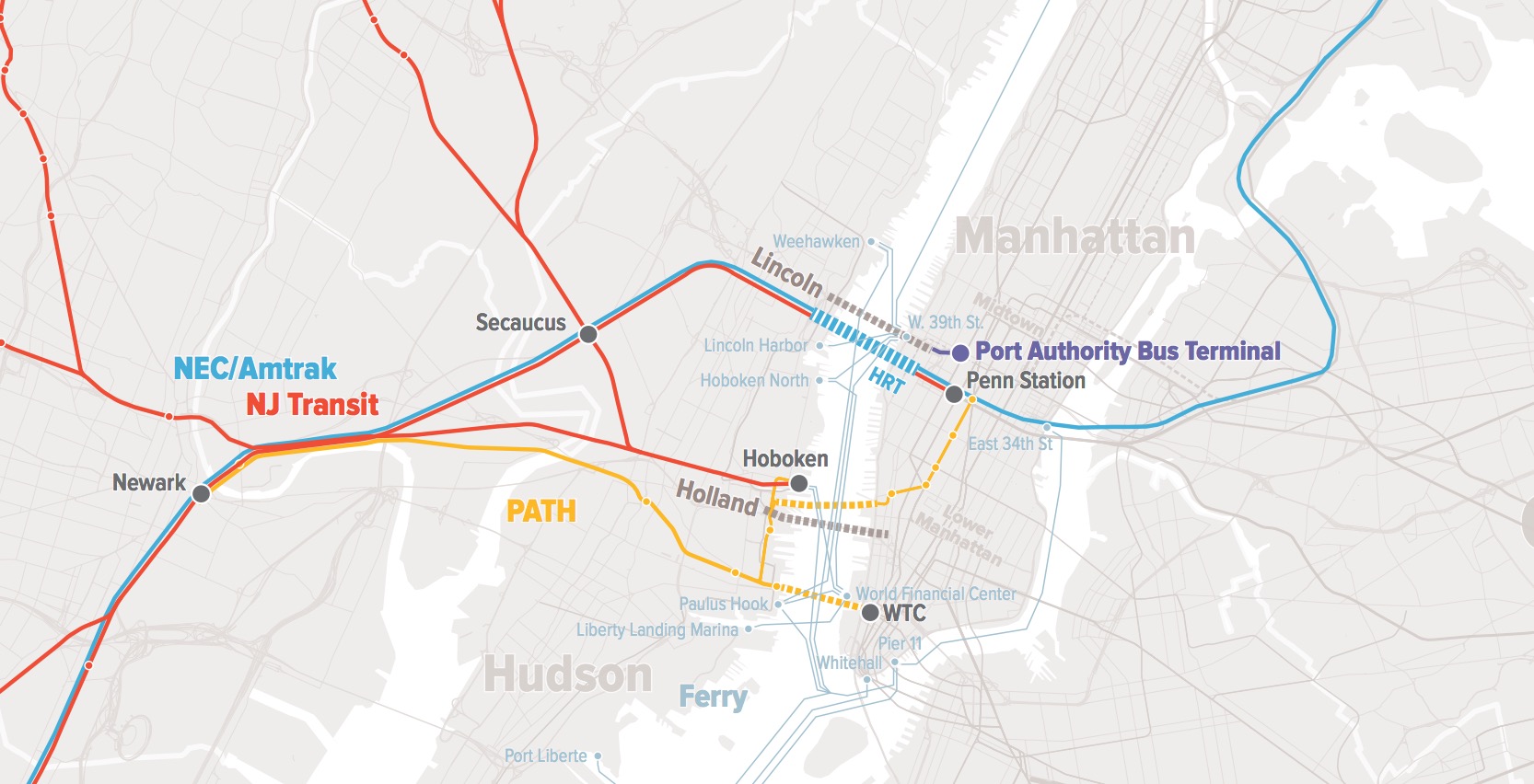
Each day over 1.6 million people commute into Manhattan, the 21st century’s leading global city. For the last 25 years, more and more of those people have been coming from west of the Hudson River. Over that time, the number of jobs in Manhattan has only increased by about 75,000, and the number of daily commuters traveling from New Jersey grew by 70,000, from 250,000 to 320,000…As a result, rail trips in and out of Penn Station have nearly tripled in the last 25 years, bus trips have grown by 83%, and PATH ridership is up by 27%. RPA’s research projects that this trend will continue over the next two decades, requiring far more capacity than the existing facilities can provide. Work trips to Manhattan could increase by 72,000, or 24%, by 2040, while trips to all of New York City could increase by 148,000, a 38% increase, as job growth in the other New York City boroughs rises even faster.
View this complete post...
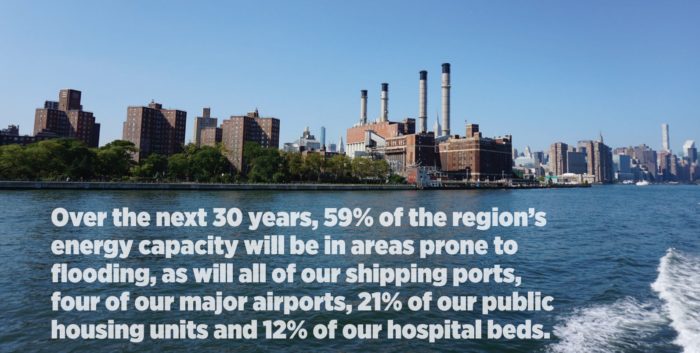














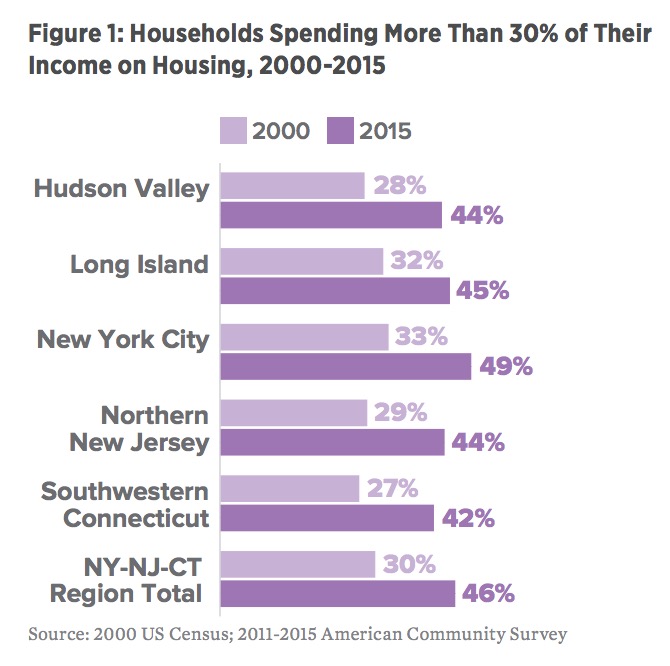
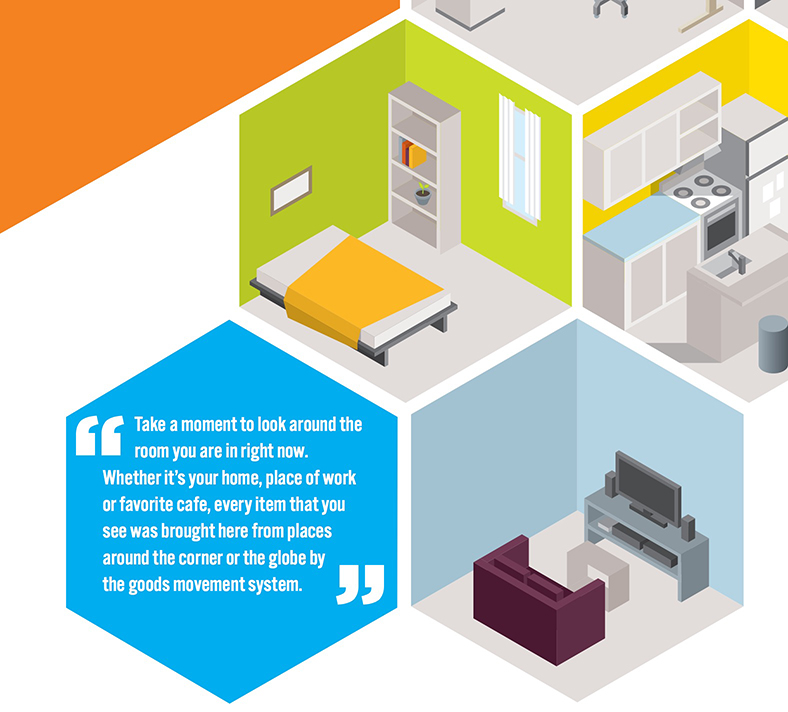
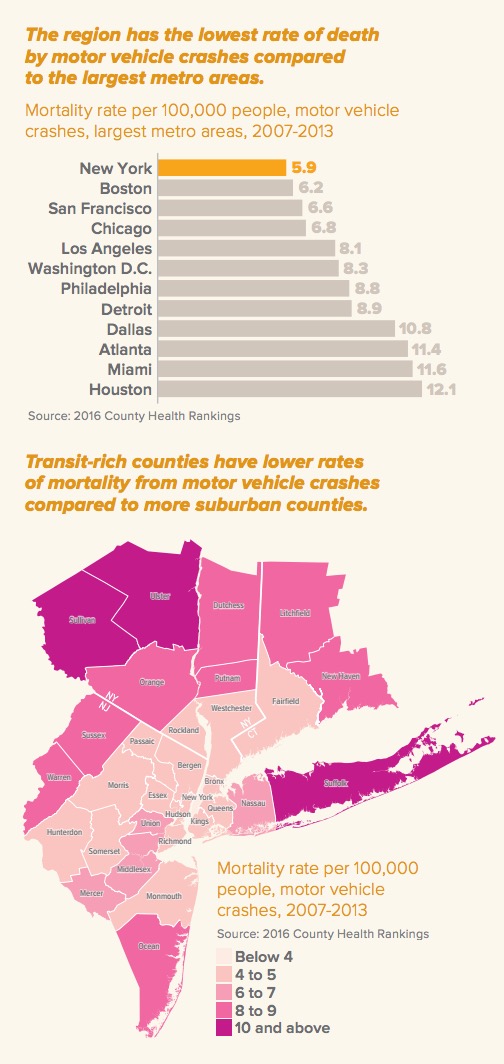



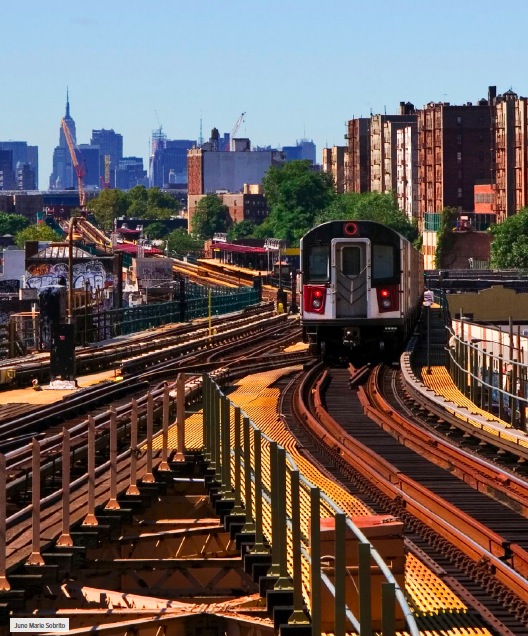

 RSS Feed
RSS Feed